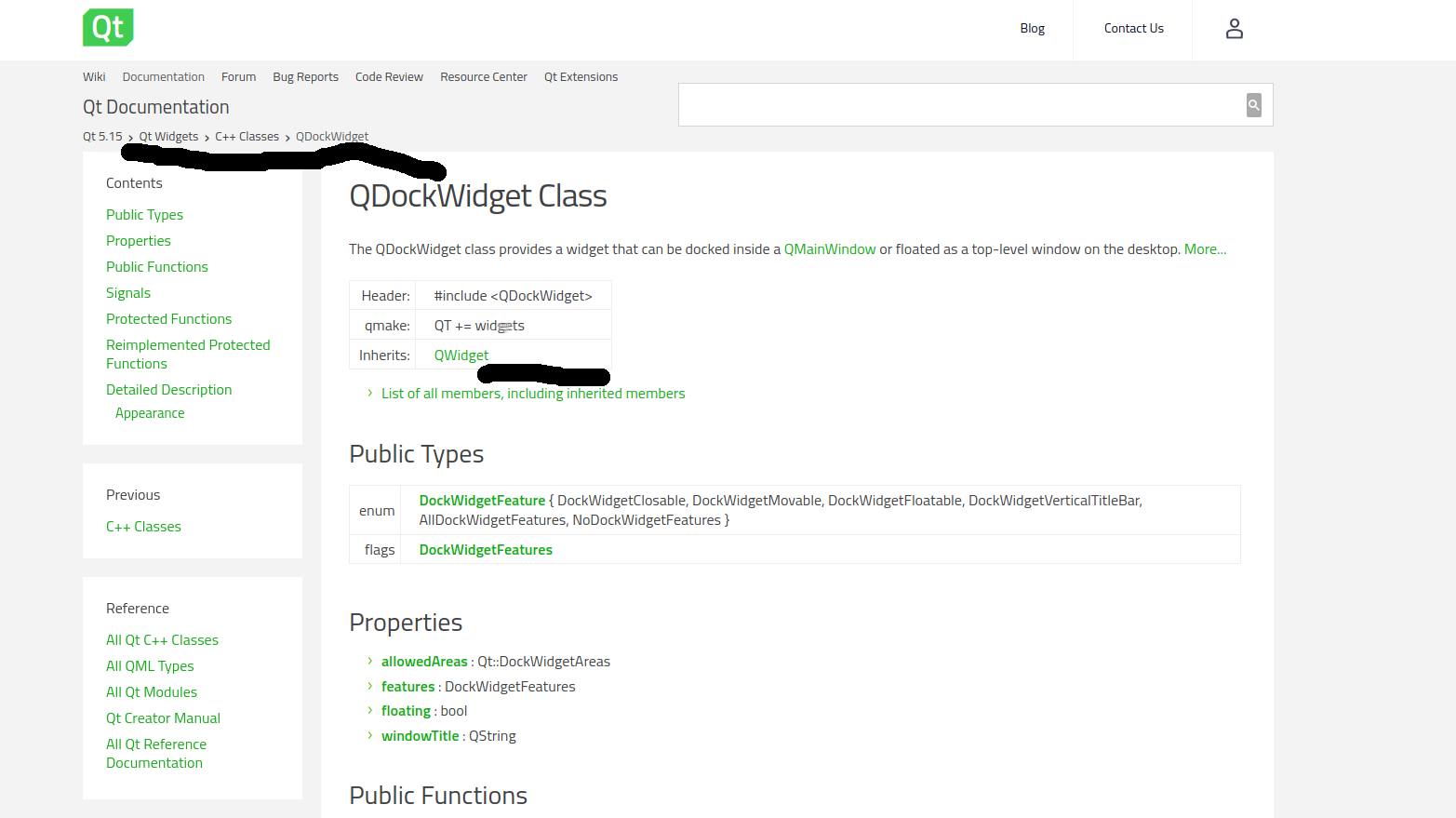Fixing up * Imports
If you have gone through most plugin source files and example scripts found online, you find there are a lot * imports. PEP8 discourages this and can prove to be a pain when refactoring code. It's difficult to know which modules have been used in that namespace of which module does a given method used in the code is imported from.
Wildcard imports (from module import*) should be avoided, as they make it unclear which names are present in the namespace, confusing both readers and many automated tools. There is one defensible use case for a wildcard import, which is to republish an internal interface as part of a public API (for example, overwriting a pure Python implementation of an interface with the definitions from an optional accelerator module and exactly which definitions will be overwritten isn't known in advance).
Imports are always put at the top of the file, just after any module comments and docstrings, and before module globals and constants. Imports should be grouped in the following order:
- Standard library imports.
- Related third party imports.
- Local application/library specific imports.
You should put a blank line between each group of imports.
Linting tools like pylint and autopep8 also does not work well with star imports.
In general avoiding * imports improve the code readability and maintainability by other devs who might be new to that domain.
from PyQt4.QtGui import *
versus
from qgis.PyQt.QtWidgets import QDialog
This indicates which class or function in that module has been used.
I found this part somewhat challenging since I already knew that GUI items in Qt were moved from the QtGui to QtWidgets module, if you are just starting out, simply follow along with opengis guideline
If the Python interpreter complains about a given function call is not within the Module from which it was imported; this often happens with the PyQt5 API. Then a quick search of the class function or method in the documentation should provide an indication from which module it should be imported from. For example A quick search for QDockWidget in Qt5 docs. An understanding of Qt C++ docs is always a plus as you'll have an easy time navigating through the modules and class hierarchy. For instance:

The top part indicates Qt 5.15 > QtWidgets > C++ Classes > QDockWidget which in turn in PyQt5 implies that QDockWidget is found in the QtWidgets module, inherits QWidgets properties, and the corresponding import in your plugin should be from qgis.PyQt.QtWidgets import QDockWidget the page also contains info about the properties, types and functons.
You can use the same approach to understand the QGIS C++ API and class hierarchy.
One more edit before proceeding to the next section: In metadata.txt found in the root of your plugin folder change qgisMinimumVersion=3.0. This work through assumes that this port does not cater for backward compatibility within this branch and we'll only be support QGIS3.x versions.